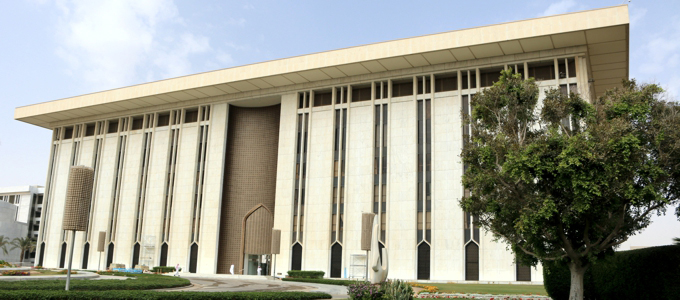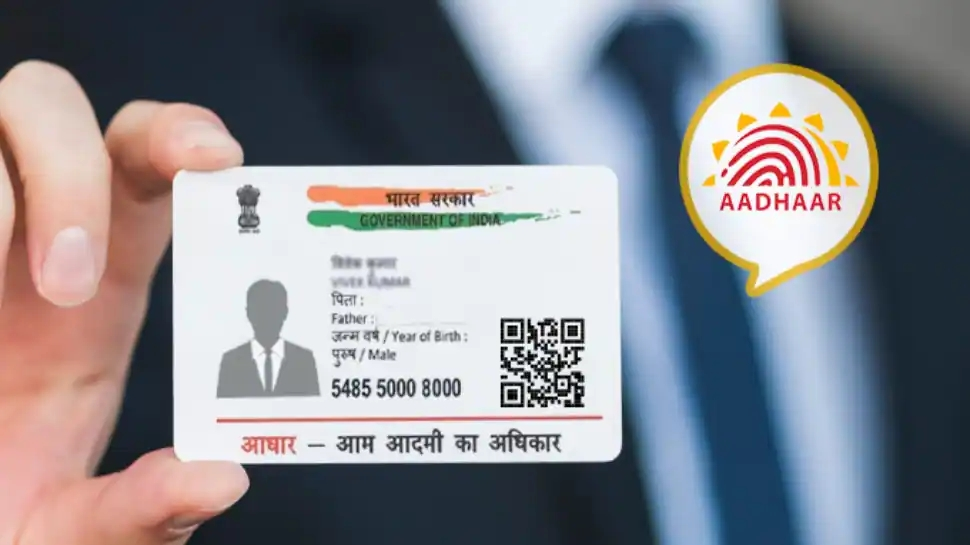February 2020, just weeks before the pandemic broke out, the Estonian Chamber of Notaries launched the e-notary service as a pilot project that enables the remote authentication of notarial acts to be carried out at Estonian embassies – The first state service of its kind in Europe.
It meant that e-residents and Estonians living overseas no longer had to Visit Estonia each time they needed the services of the local notaries. Although, before this time, 99% of Estonian public services had been digitised for years, the complexities, sensitivity, and risks associated with notarial acts excluded them from this narrative. Notarial services just had to be done in person at local notary offices.
Adaptability in the face of the pandemic
The e-notary service pilot came at a crucial time, but the remote verification could initially only be done at the Estonian embassies in Helsinki, London, Brussels, Stockholm, and Riga. But within months of being launched, it developed into a fully-fledged platform that could be accessed right from the comfort of one’s home. During the first quarter, roughly 91% of all notarial acts by e-residents were carried out via the e-notary service.
Gone fully remote
Before launching the e-notary system, physical presence at a local notary’s office was required to trade or transfer company shares, buy or sell real estate, attest credentials, or carry out other notarial acts. This made it inconvenient for e-residents and Estonians living abroad to manage their affairs and carry out business transactions from overseas. But with the e-notary service now rolled out to its total capacity, you can carry out all but one type of transaction from anywhere you are in the world.
The most significant upgrade to the e-notary system went live at the beginning of September this year. This upgrade gives room for a hybrid notarial transaction, whereby some of the clients are on seat in-person with the notary while others are connected remotely. Before now, you could only carry out notarial acts either online or offline. Every group member or team member had to be at the notary office in person with the others or online with the others. Now you can have a significant hybrid transaction.
Data privacy and protection assured
Data privacy and protection remains a recurrent issue and burning topic within the tech sphere, as we’ve seen with Meta (ex. Facebook), the EU’s General Data Protection Regulation (GDPR), and more. With the sensitivity of the data and information exchanged between notaries and their clients, data security and privacy were group members or team members significant for the Chamber of Notaries.
Collaboration with Veriff and Andmevara
Andmevara was the partner tasked with building the system, and they did create the initial version. Still, the Centre of Registers and Information Systems has been in charge of operating, managing, and improving the system on behalf of the Chamber of Notaries since it went live. Veriff’s biometric facial recognition system is also integrated with the e-notary system.
To use the e-notary service, all you need is your Estonian ID card, Smart-ID, or mobile-ID. This identification system employs Veriff’s biometric facial recognition system, which uses algorithms to ensure that the person in front of the screen matches the one pictured on their ID. It now takes only 6 seconds to verify the ID using facial recognition. The massive success of the e-notary service has made other public departments, including the tax office, interested in a similar solution. And likewise, other notaries in Europe have followed their lead to create a similar solution both for internal and external use.
Source:






Comments